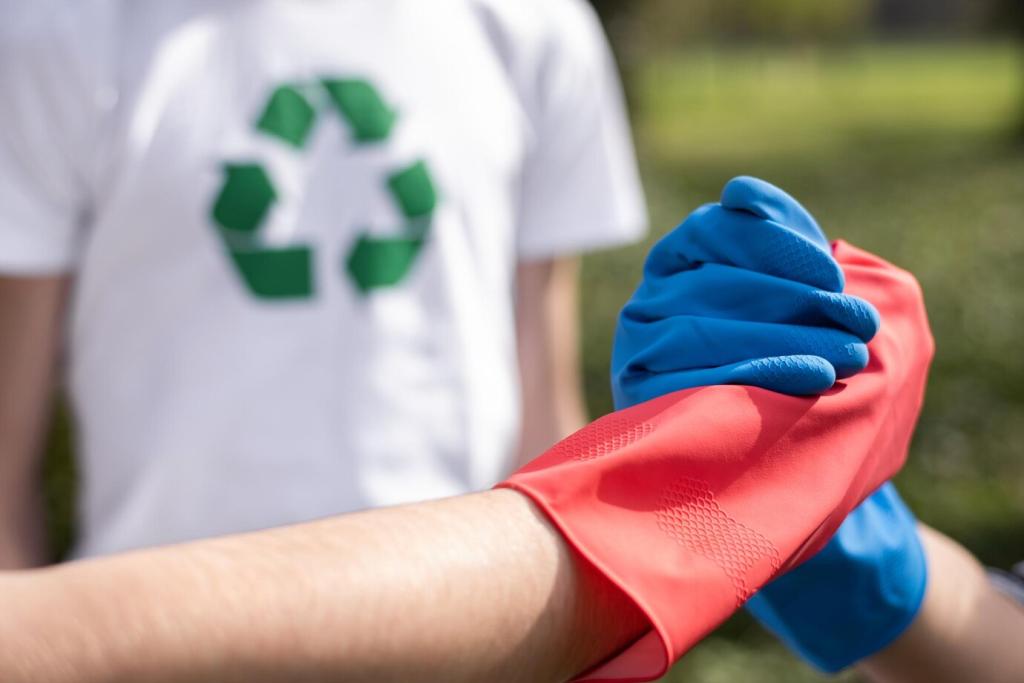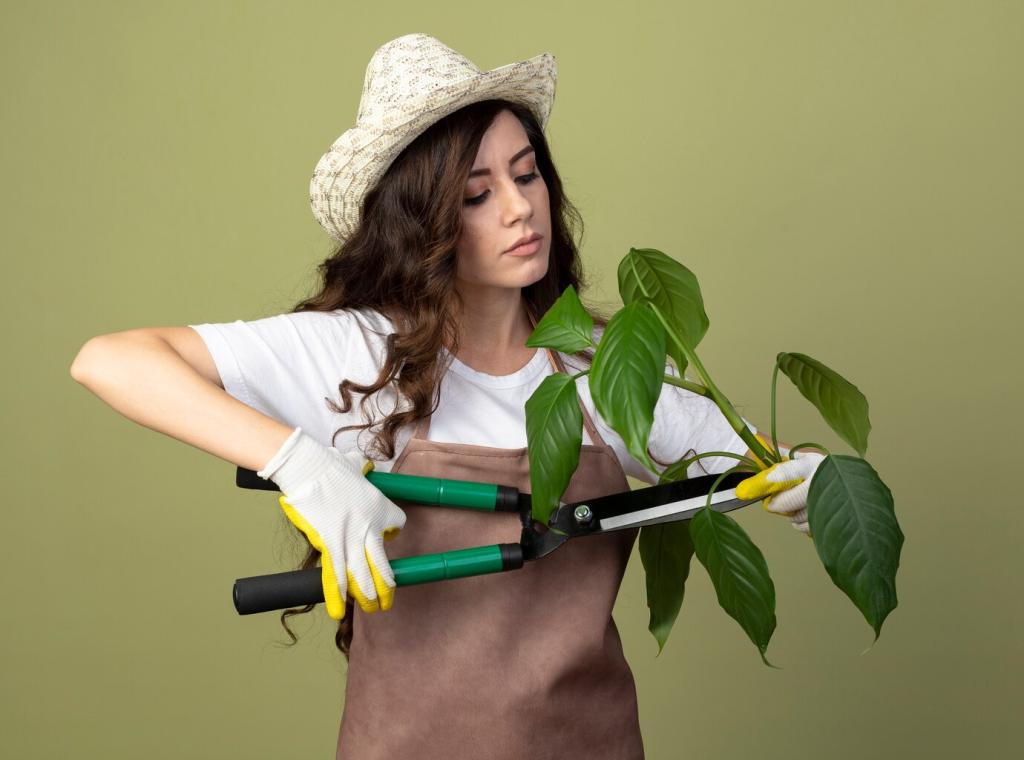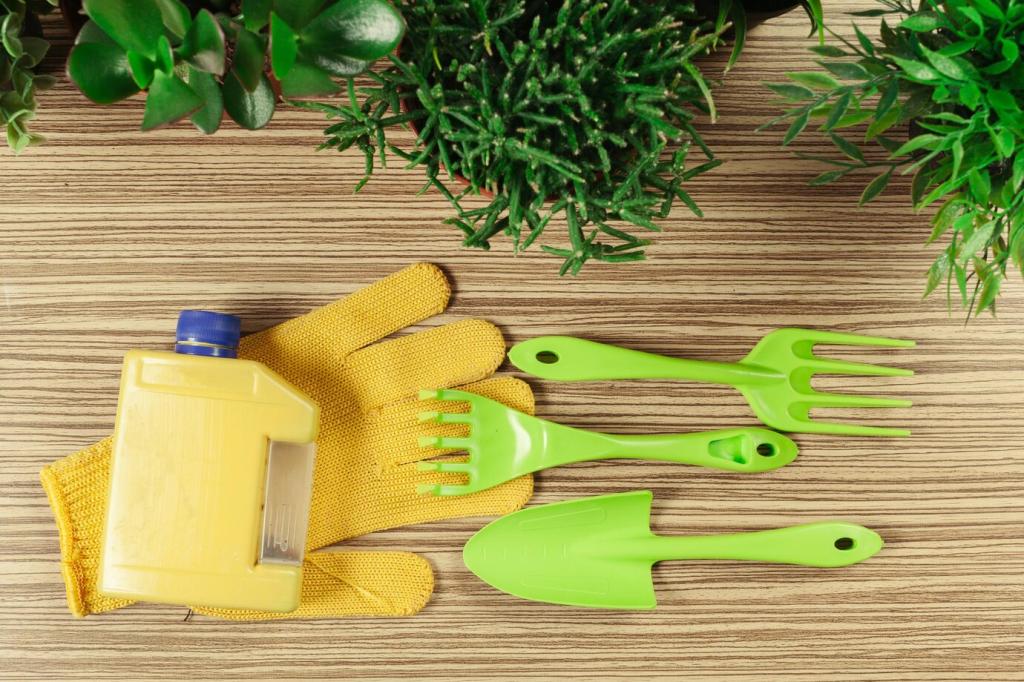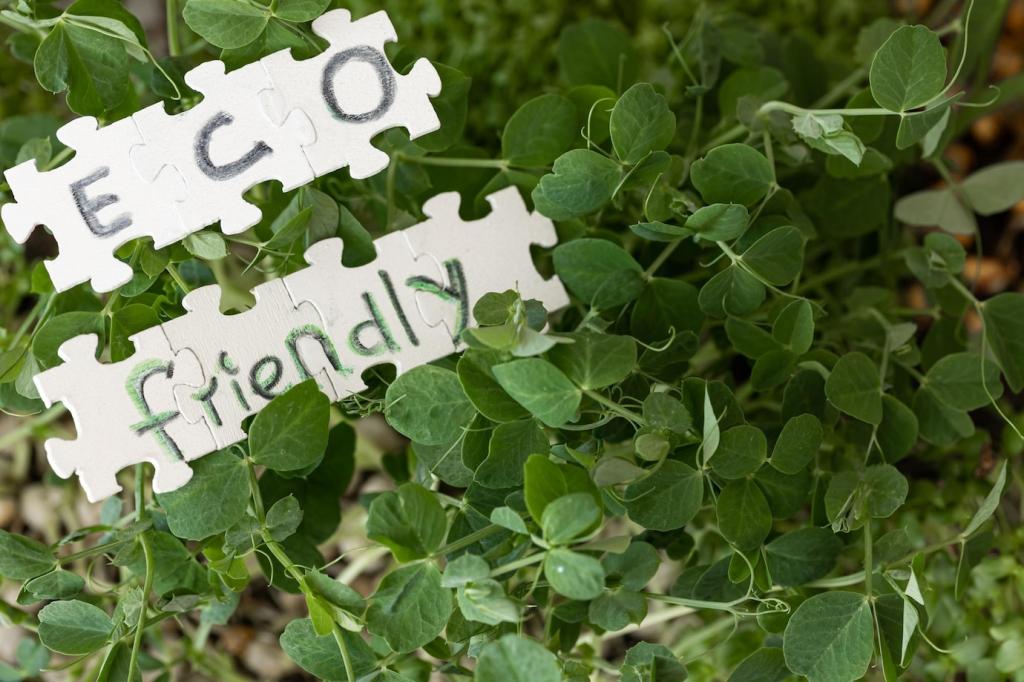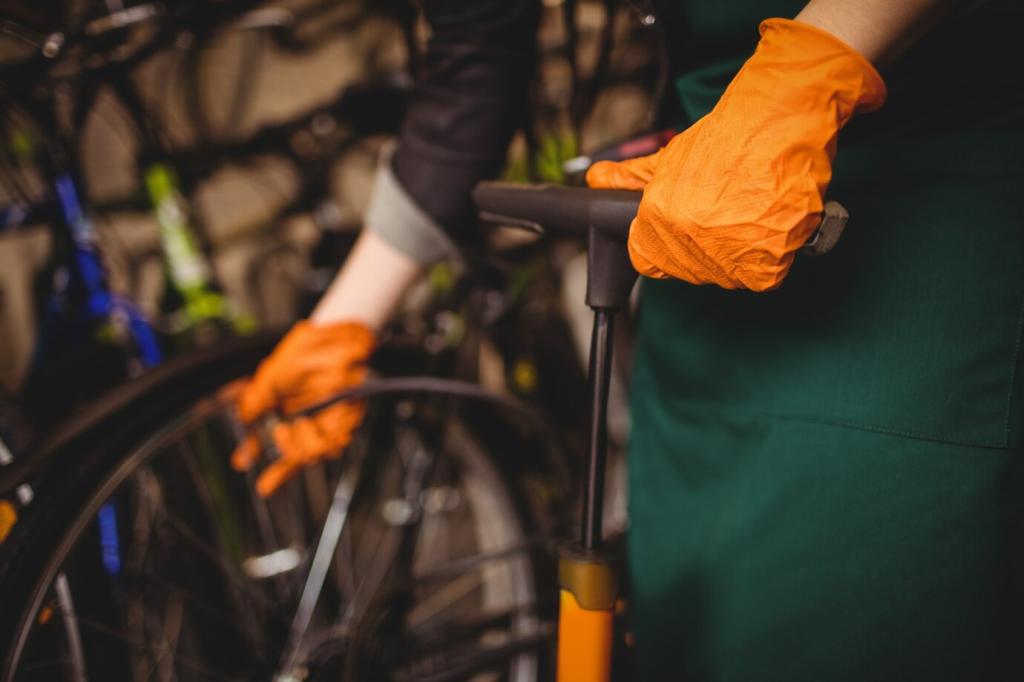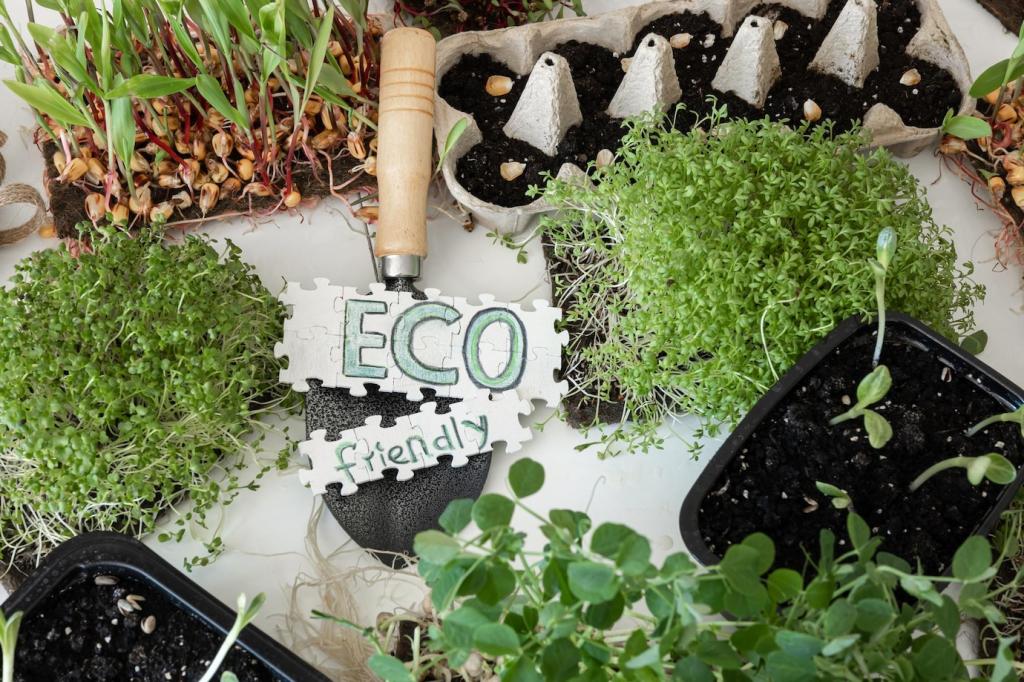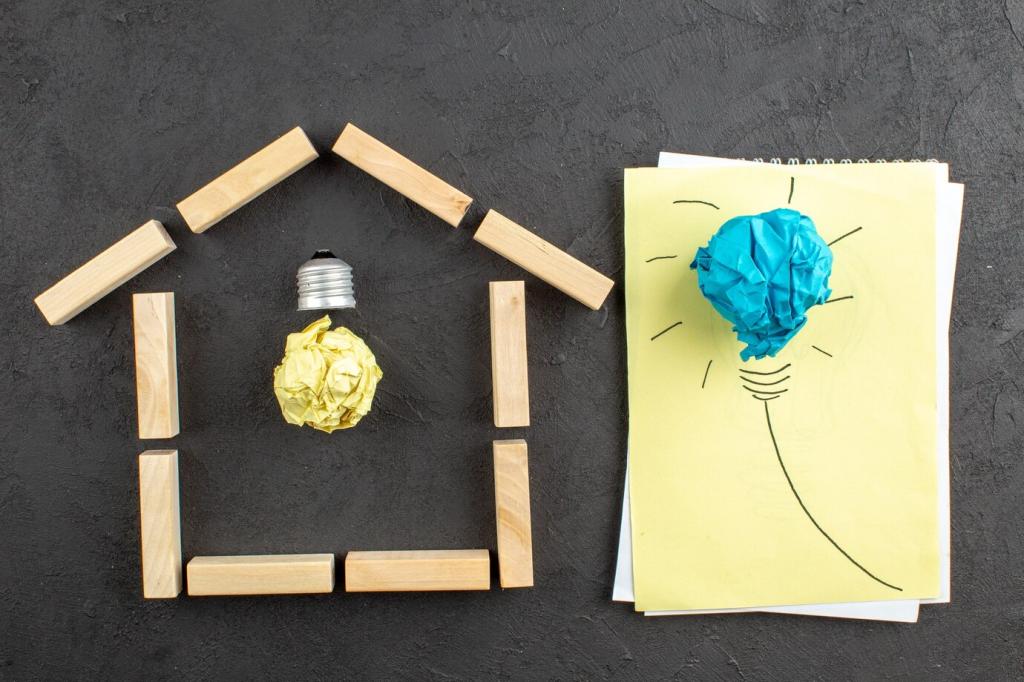Cleaning That Respects the Patina
Use a soft microfiber cloth to lift dust without abrading the surface. Once a week, wipe with a lightly dampened cloth and a few drops of pH-neutral soap, then dry immediately. Share your go-to cloths or soaps in the comments so others can learn.
Cleaning That Respects the Patina
For fresh rings, a warm iron through a cotton cloth can coax moisture from the finish. Old rings may respond to oil and mild abrasive paste. Always test hidden areas first. Tell us which trick worked on your table, and we’ll feature top tips.

